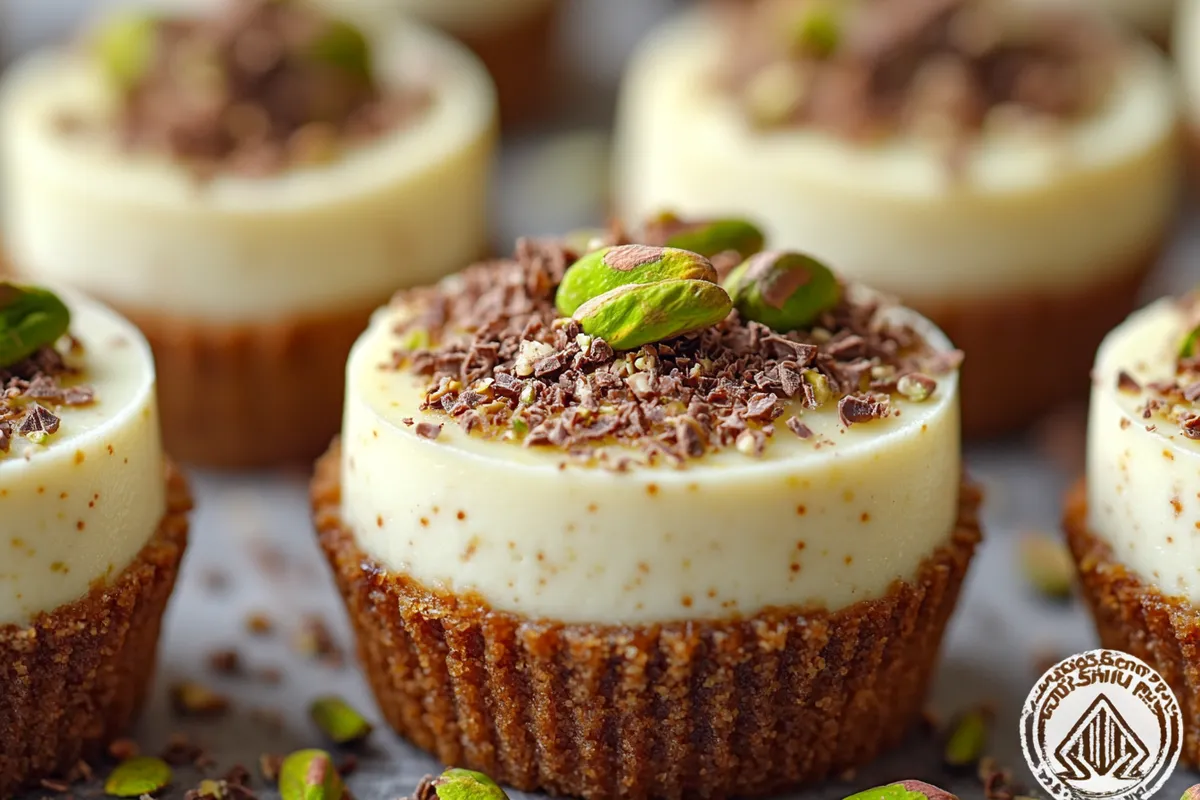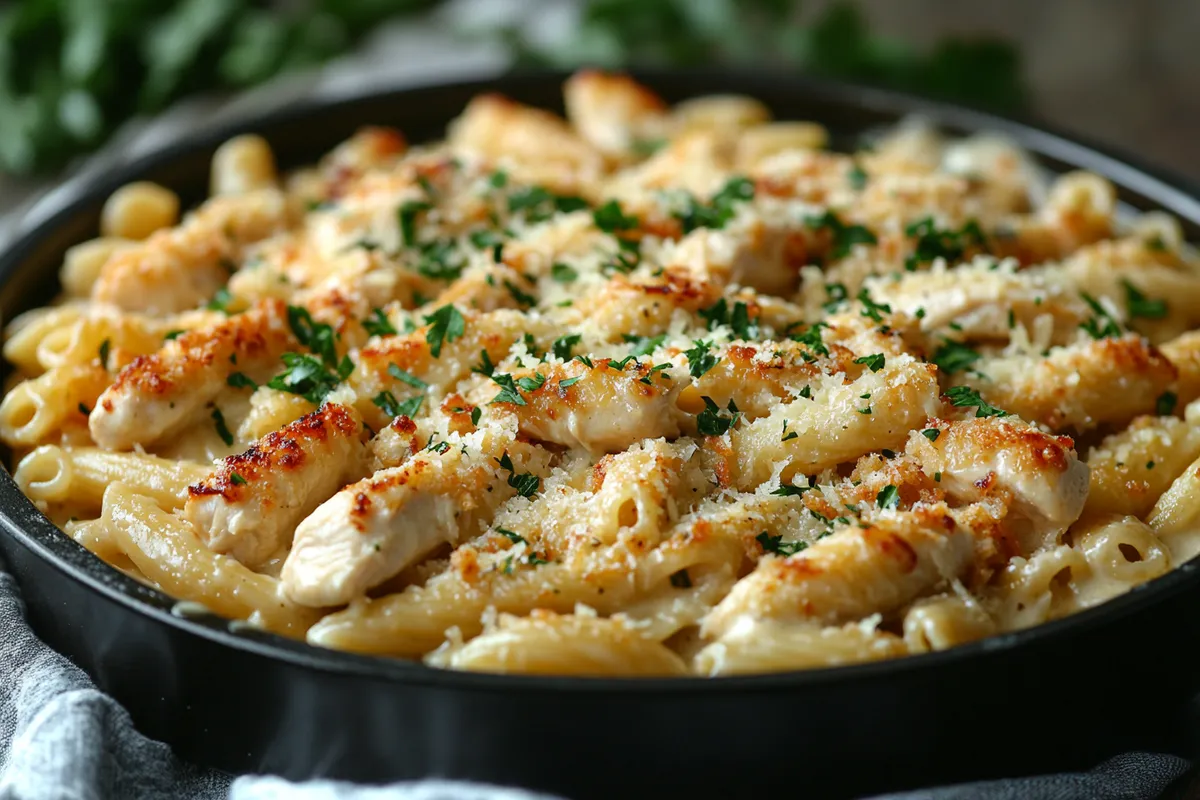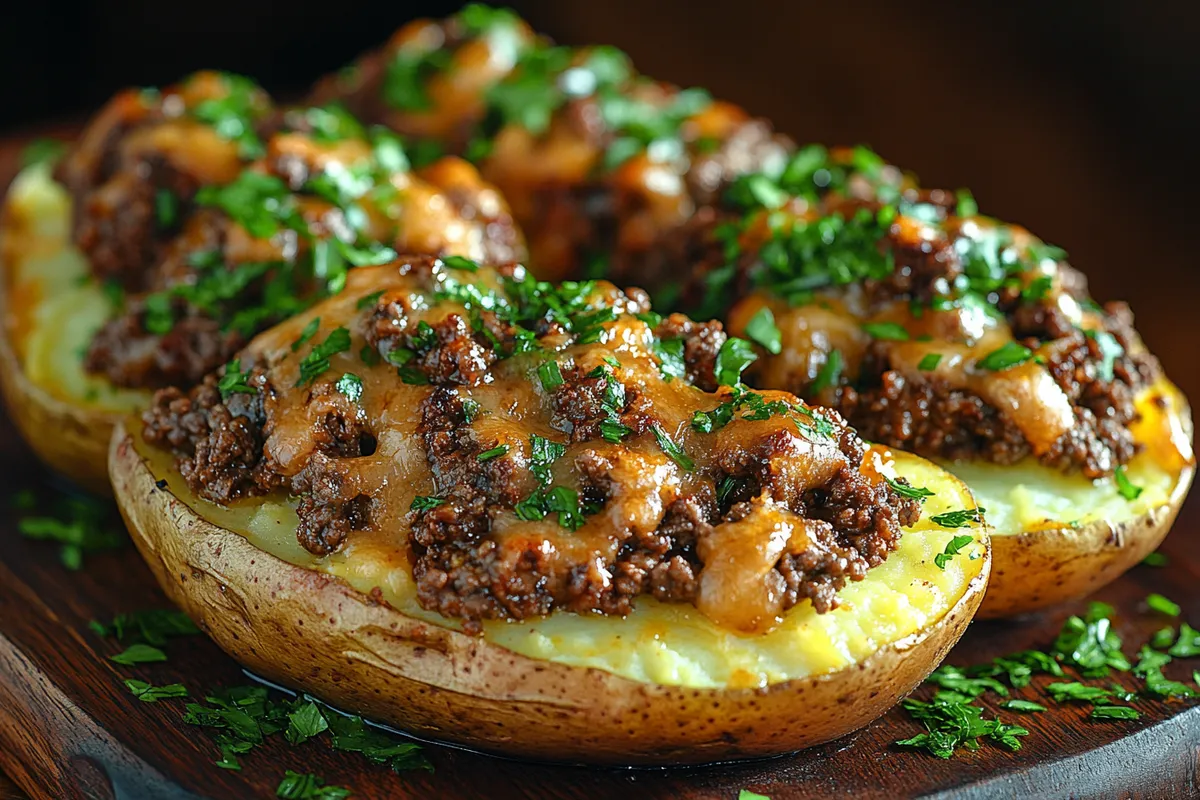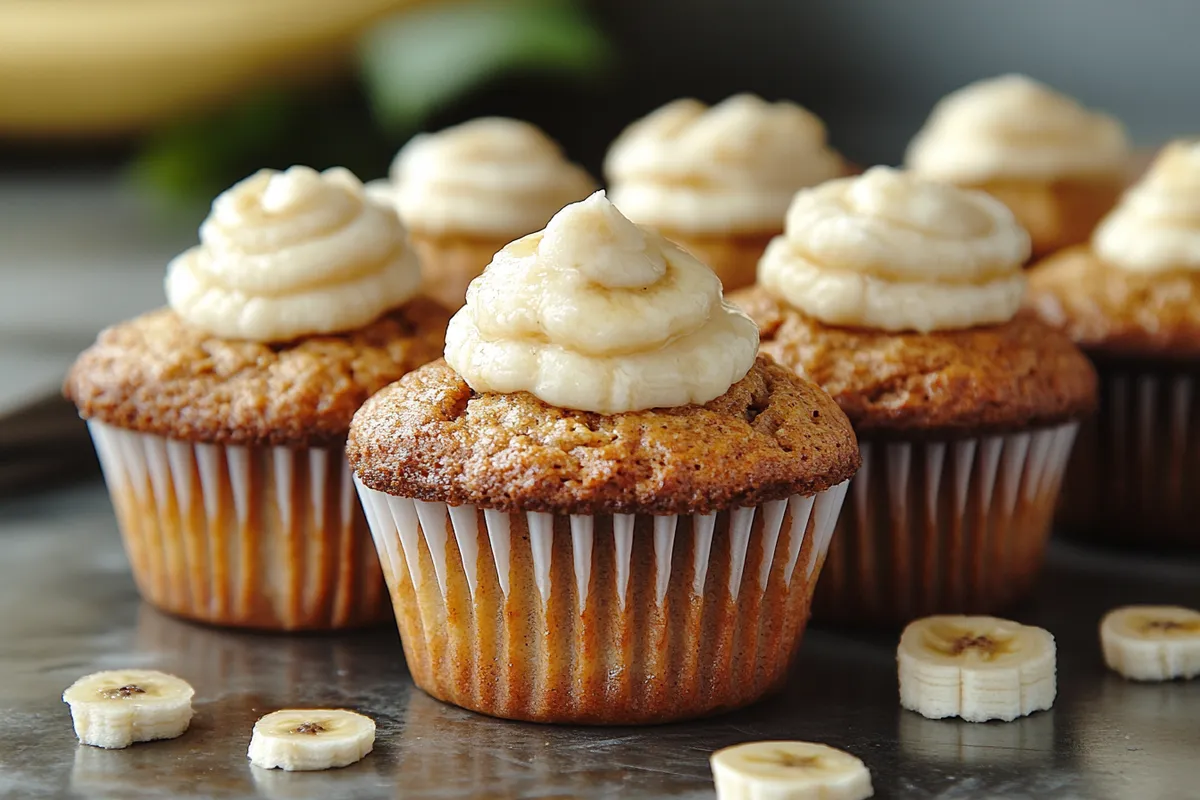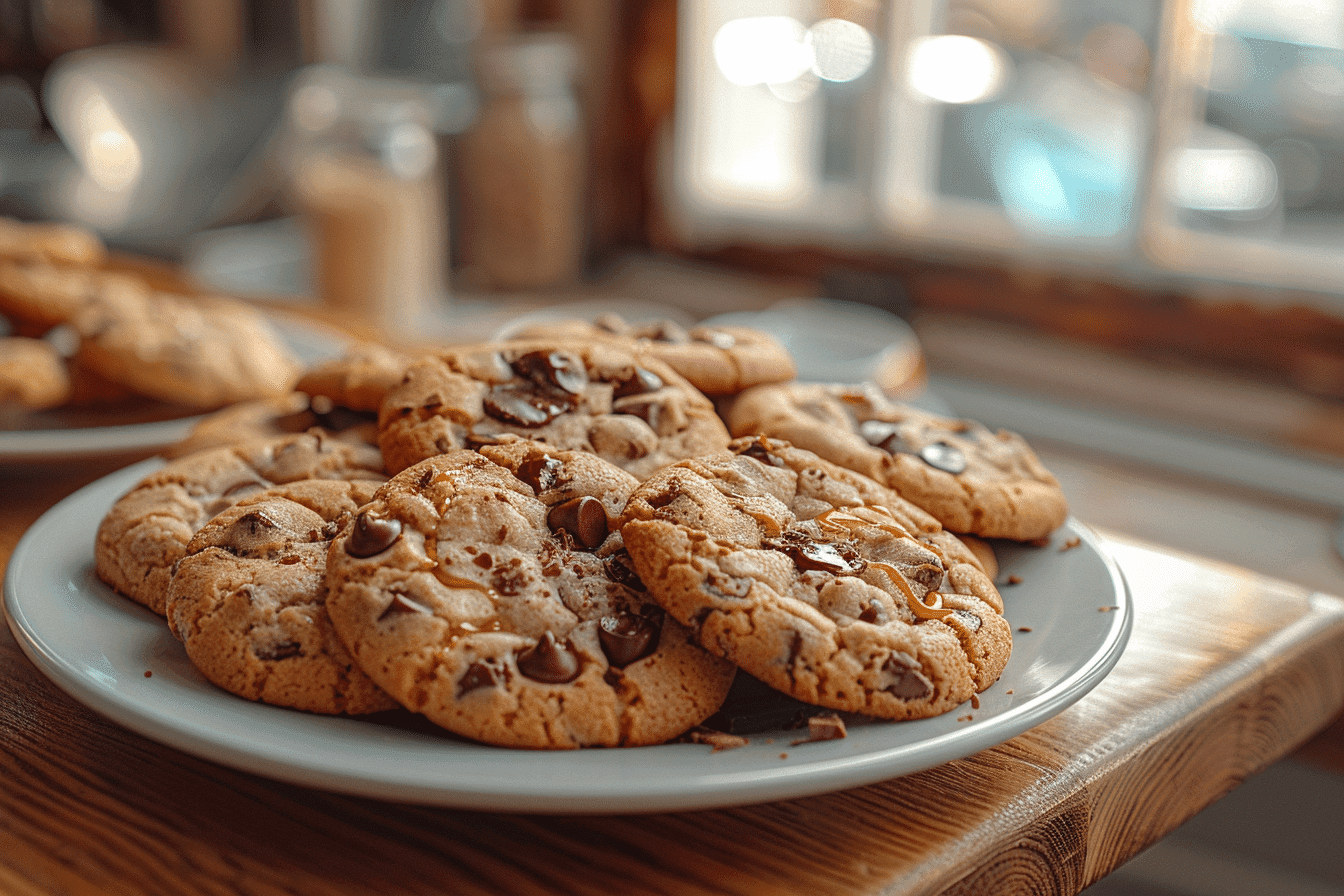Introduction
Croissant Toast is a delightful fusion of two beloved breakfast staples: the flaky, buttery croissant and the classic, easy-to-make toast. This hybrid has quickly become a favorite among food enthusiasts, offering a gourmet experience that is both indulgent and versatile. Whether you’re enjoying Croissant Toast with a simple spread of jam or transforming it into a gourmet brunch dish, it is a treat worth savoring.
In this article, we’ll explore the world of Croissant Toast in depth—from its origins to how you can make it at home, creative recipe ideas, and much more. Whether you’re new to this trend or a seasoned Croissant Toast aficionado, you’ll find valuable insights and tips in this ultimate guide.
What is Croissant Toast?
Croissant Toast is exactly what it sounds like—a loaf of bread made from croissant dough, sliced, and toasted to golden perfection. This unique bread retains the signature layers of a croissant, offering a crispy exterior with a soft, buttery interior. The result is a toast that’s richer, more decadent, and far more satisfying than your everyday slice of bread.
Why is Croissant Toast So Popular?
Several factors contribute to the growing popularity of Croissant Toast:
- Versatility: Croissant Toast can be paired with both sweet and savory toppings, making it a versatile option for any meal.
- Texture: The combination of a flaky, crisp crust and a soft, airy interior offers a textural experience that regular toast simply can’t match.
- Indulgence: With its rich, buttery flavor, Croissant Toast feels like a luxurious treat, perfect for weekend brunches or special occasions.
The rise of Croissant Toast can be traced back to social media platforms where food trends often gain traction. Photos of perfectly toasted slices, topped with everything from avocado to honey, have gone viral, inspiring countless home cooks to try their hand at this new trend. The hashtag #CroissantToast has garnered thousands of posts on Instagram, showcasing the endless possibilities of this delicious dish.
This updated version now includes the
What is Croissant Toast?
This trendy breakfast item is exactly what it sounds like—a loaf of bread made from croissant dough, sliced, and toasted to golden perfection. This unique bread retains the signature layers of a croissant, offering a crispy exterior with a soft, buttery interior. The result is a toast that’s richer, more decadent, and far more satisfying than your everyday slice of bread.
Why is This Toast So Popular?
Several factors contribute to the growing popularity of this gourmet toast:
- Versatility: It can be paired with both sweet and savory toppings, making it a versatile option for any meal.
- Texture: The combination of a flaky, crisp crust and a soft, airy interior offers a textural experience that regular toast simply can’t match.
- Indulgence: With its rich, buttery flavor, this dish feels like a luxurious treat, perfect for weekend brunches or special occasions.
The rise of this breakfast item can be traced back to social media platforms where food trends often gain traction. Photos of perfectly toasted slices, topped with everything from avocado to honey, have gone viral, inspiring countless home cooks to try their hand at this new trend. The hashtag #croissanttoast has garnered thousands of posts on Instagram, showcasing the endless possibilities of this delicious dish.
The History of This Toast
To truly appreciate this trendy bread, it’s important to understand the history behind the croissant itself, as well as how this innovative twist on a classic pastry came to be.
The Origins of the Croissant
The croissant’s history dates back to the 17th century in Austria, where it was originally known as the “kipferl.” This crescent-shaped pastry was made from a simpler dough and was often enjoyed as a breakfast treat. The croissant as we know it today, however, was popularized in France, where bakers began using a laminated dough—a process that involves folding butter into the dough multiple times to create thin, flaky layers.
The concept of this toast is a more recent innovation. It emerged as a way to enjoy the buttery goodness of a croissant in a more convenient, sliceable form. By baking the dough in a loaf pan, bakers were able to create a bread that maintained the flaky layers of a croissant while offering the ease of toasting. Artisanal bakeries played a key role in popularizing this dish, offering it as a premium product in their stores and online.
If you’re curious about how French pastries have evolved over time and influenced modern trends, you can explore this French pastry guide for more insights.
How to Make It at Home
Making this type of toast at home might seem daunting, but it’s actually quite simple once you get the hang of it. Below, we’ll walk you through the process, from selecting the right ingredients to mastering the toasting technique.
Ingredients Needed
To make this flaky bread from scratch, you’ll need the following ingredients:
- Flour: Use all-purpose flour for a balanced texture.
- Butter: Unsalted butter is best, as it allows you to control the salt content.
- Yeast: Active dry yeast is recommended for a consistent rise.
- Sugar: A small amount of sugar helps to activate the yeast and adds a touch of sweetness.
- Milk: Whole milk is preferred for a richer dough, but you can use any milk you like.
- Salt: Essential for balancing the flavors in the dough.
Step-by-Step Guide to Making Croissant Dough
- Prepare the Dough: Start by mixing the flour, yeast, sugar, and salt in a large bowl. Gradually add the milk and mix until a dough forms. Knead the dough for about 10 minutes until it becomes smooth and elastic.
- Chill the Dough: Cover the dough with plastic wrap and refrigerate it for at least 30 minutes. This chilling process helps to relax the gluten, making it easier to roll out later.
- Prepare the Butter Block: While the dough is chilling, shape the butter into a flat rectangle. This will be incorporated into the dough to create the layers.
- Laminate the Dough: Roll out the chilled dough into a large rectangle. Place the butter block in the center and fold the dough over it, encasing the butter completely. Roll out the dough again and fold it into thirds, like a letter. Repeat this process 3-4 times, chilling the dough between each fold.
- Shape and Bake: Once the dough is fully laminated, shape it into a loaf and place it in a greased loaf pan. Cover and let it rise until doubled in size, then bake at 375°F (190°C) for 25-30 minutes, or until golden brown.
Toasting the Loaf
Once your loaf is baked, it’s time to slice and toast it:
- Slice the Loaf: Cut the loaf into 1-inch thick slices.
- Toast in a Skillet: Preheat a skillet over medium heat and add a small amount of butter. Place the slices in the skillet and toast for 2-3 minutes on each side, until golden and crispy.
- Alternative Methods: You can also toast the slices in a regular toaster or an oven set to broil.
For more detailed recipes and techniques, you might want to visit Epicurious, which offers a variety of croissant-based dishes.
Creative Recipe Ideas
Now that you know how to make this breakfast treat, it’s time to explore some creative ways to enjoy it. Below are a few recipe ideas that cater to different tastes and occasions.
Sweet Recipe Ideas
- Classic Jam and Butter:
- Ingredients: Butter, strawberry or raspberry jam.
- Instructions: Spread a generous layer of butter on warm slices and top with your favorite jam.
- Nutella and Banana:
- Ingredients: Nutella, sliced banana, chopped nuts.
- Instructions: Spread Nutella on the toast, add banana slices, and sprinkle with chopped nuts for added texture.
- Honey and Fresh Berries:
- Ingredients: Honey, mixed berries (strawberries, blueberries, raspberries).
- Instructions: Drizzle honey over the toast and top with a handful of fresh berries. Optionally, add a dollop of whipped cream.
- French Toast Style:
- Ingredients: Eggs, milk, cinnamon, vanilla extract, powdered sugar.
- Instructions: Dip slices in a mixture of beaten eggs, milk, cinnamon, and vanilla. Fry in a skillet until golden brown and dust with powdered sugar before serving.
Savory Recipe Ideas
- Avocado and Smoked Salmon:
- Ingredients: Avocado, smoked salmon, lemon juice, dill.
- Instructions: Mash the avocado with lemon juice and spread it on the toast. Top with smoked salmon and a sprinkle of dill.
- Eggs Benedict:
- Ingredients: Poached eggs, hollandaise sauce, ham or bacon.
- Instructions: Place a poached egg on each slice, add a slice of ham or bacon, and drizzle with hollandaise sauce.
- Caprese Style:
- Ingredients: Fresh mozzarella, tomatoes, basil, balsamic glaze.
- Instructions: Layer slices of mozzarella and tomato on the toast, top with fresh basil, and drizzle with balsamic glaze.
- Grilled Cheese and Tomato:
- Ingredients: Cheddar or gruyère cheese, tomato slices, butter.
- Instructions: Place cheese and tomato slices between two pieces of toast, butter the outside, and grill until the cheese is melted and the toast is crispy.
Creative Dessert Ideas
- Croissant Toast Sundae:
- Ingredients: Ice cream, chocolate syrup, whipped cream, chopped nuts.
- Instructions: Top a slice of this gourmet toast with a scoop of your favorite ice cream, drizzle with chocolate syrup, and finish with whipped cream and nuts.
- Tiramisu-Inspired Dessert:
- Ingredients: Mascarpone cheese, espresso, cocoa powder.
- Instructions: Mix mascarpone with a touch of sugar and spread it on the toast. Brush with espresso and dust with cocoa powder for a tiramisu-inspired treat.
- Apple Cinnamon Toast:
- Ingredients: Sliced apples, cinnamon, brown sugar, butter.
- Instructions: Sauté apple slices in butter, cinnamon, and brown sugar until soft. Spoon the mixture over the toast and serve warm.
Nutritional Information
While this dish is undeniably delicious, it’s also important to consider its nutritional content. Here’s a breakdown of what you can expect in terms of calories, fat, and other nutrients.
Calories and Macronutrients
- Calories: A typical slice contains between 150 to 250 calories, depending on the size and butter content. When topped with ingredients like jam, cheese, or eggs, the calorie count can increase significantly.
- Fat: Due to the high butter content in the dough, this toast is relatively high in fat, with each slice containing approximately 10 to 15 grams of fat. This includes both saturated fats from the butter and some trans fats if using margarine or other spreads.
- Carbohydrates: Each slice contains around 20 to 30 grams of carbohydrates, which come primarily from the flour used in the dough. This makes it a significant source of energy, especially when combined with other ingredients.
- Protein: Although this toast is not a significant source of protein on its own, adding toppings like eggs, cheese, or smoked salmon can boost the protein content to around 10 to 15 grams per serving.
Vitamins and Minerals
- Calcium: The use of butter and milk in the dough contributes to the calcium content, which is essential for bone health.
- Iron: The flour used in croissant dough provides a moderate amount of iron, which is important for transporting oxygen in the blood.
- Vitamin A: Butter is a good source of Vitamin A, which is vital for eye health and immune function.
Health Considerations
While this dish can be part of a balanced diet, it’s best enjoyed in moderation due to its high calorie and fat content. For those looking to reduce their intake of saturated fats or calories, consider pairing this toast with lighter toppings, such as fresh fruit or low-fat spreads.
For a more detailed look at the nutritional content of croissants and other pastries, you can check out Healthline’s nutritional facts on croissants.
Where to Buy It
If you’re not up for the challenge of making this toast from scratch, don’t worry—there are plenty of places where you can buy it ready-made. Here are some of the best options.
Local Bakeries
- Artisanal Bakeries: Many local artisanal bakeries now offer this type of toast as part of their regular lineup. These loaves are often made with high-quality ingredients and baked fresh daily.
- Café Chains: Some popular café chains have started to offer this gourmet toast on their menus, often as part of a breakfast or brunch option.
Grocery Stores
- Trader Joe’s: Known for its unique and trendy food items, Trader Joe’s frequently stocks this toast in the bakery section.
- Whole Foods Market: This upscale grocery chain is another reliable source for these loaves, often offering organic or gluten-free versions as well.
- Specialty Stores: Gourmet grocery stores and specialty shops may carry these loaves, particularly in areas with a high demand for artisanal foods.
Online Retailers
- Goldbelly: This online marketplace allows you to order from some of the best bakeries across the country. Whether you’re craving a classic loaf or a unique flavor variation, you’re sure to find something to suit your taste.
- Amazon Fresh: In some regions, you can find this gourmet toast available for delivery through Amazon’s grocery service, making it easy to enjoy this treat without leaving your home.
How to Choose the Best Loaf
When buying these loaves, consider the following tips:
- Check the Ingredients: Look for loaves made with high-quality butter and minimal preservatives for the best flavor and texture.
- Consider the Source: Artisanal and local bakeries often use better ingredients and techniques, resulting in a superior product.
- Pay Attention to Freshness: Since this bread is made with butter-rich dough, it’s best enjoyed fresh. If you’re buying from a store, check the sell-by date to ensure you’re getting the freshest loaf possible.
FAQs About This Toast
Here are some frequently asked questions that will help you further understand and enjoy this delicious dish.
How is It Different from Regular Croissants?
While both are made from the same dough, this type of toast is baked in a loaf pan, which allows it to be sliced and toasted like bread. Regular croissants are typically crescent-shaped and served as individual pastries, with a crisp exterior and a soft, layered interior.
Can You Freeze This Toast?
Yes, you can freeze it. It’s best to slice the loaf before freezing, so you can easily toast individual slices as needed. Wrap the slices tightly in plastic wrap or aluminum foil, and store them in a freezer-safe bag for up to three months.
What is the Best Way to Reheat This Toast?
The best way to reheat is in a toaster or toaster oven. This will help restore the crisp texture without drying out the bread. If you’re reheating a frozen slice, you can toast it directly from the freezer—just add an extra minute or two to the toasting time.
Is It Healthier Than Regular Toast?
This gourmet toast is generally higher in calories, fat, and sugar than regular toast, due to the rich butter content of the dough. However, it’s also more satisfying and can be enjoyed as part of a balanced diet when eaten in moderation.
Can You Make This Toast in an Air Fryer?
Yes, this toast can be made in an air fryer. Simply set the air fryer to 350°F and place the slices in a single layer in the basket. Toast for 3-5 minutes, or until the bread is golden and crispy. This method is quick and convenient, especially if you’re making breakfast for a crowd.
Conclusion: The Perfect Balance of Indulgence and Simplicity
This trendy breakfast treat is a culinary delight that combines the best of both worlds: the rich, buttery flavor of a croissant with the convenience of toast. Whether you’re enjoying it with a simple spread of jam, transforming it into a gourmet brunch dish, or indulging in a sweet dessert creation, this toast offers endless possibilities.
With its growing popularity, this dish is more than just a trend—it’s a staple that’s here to stay. So, whether you decide to make it from scratch, pick up a loaf from your local bakery, or try one of the many recipe ideas shared here, you’re sure to find that this toast is a treat worth savoring.
So why not give it a try? Whether you’re a seasoned baker or a novice in the kitchen, this toast is an accessible and rewarding dish that’s sure to impress. Happy toasting!

